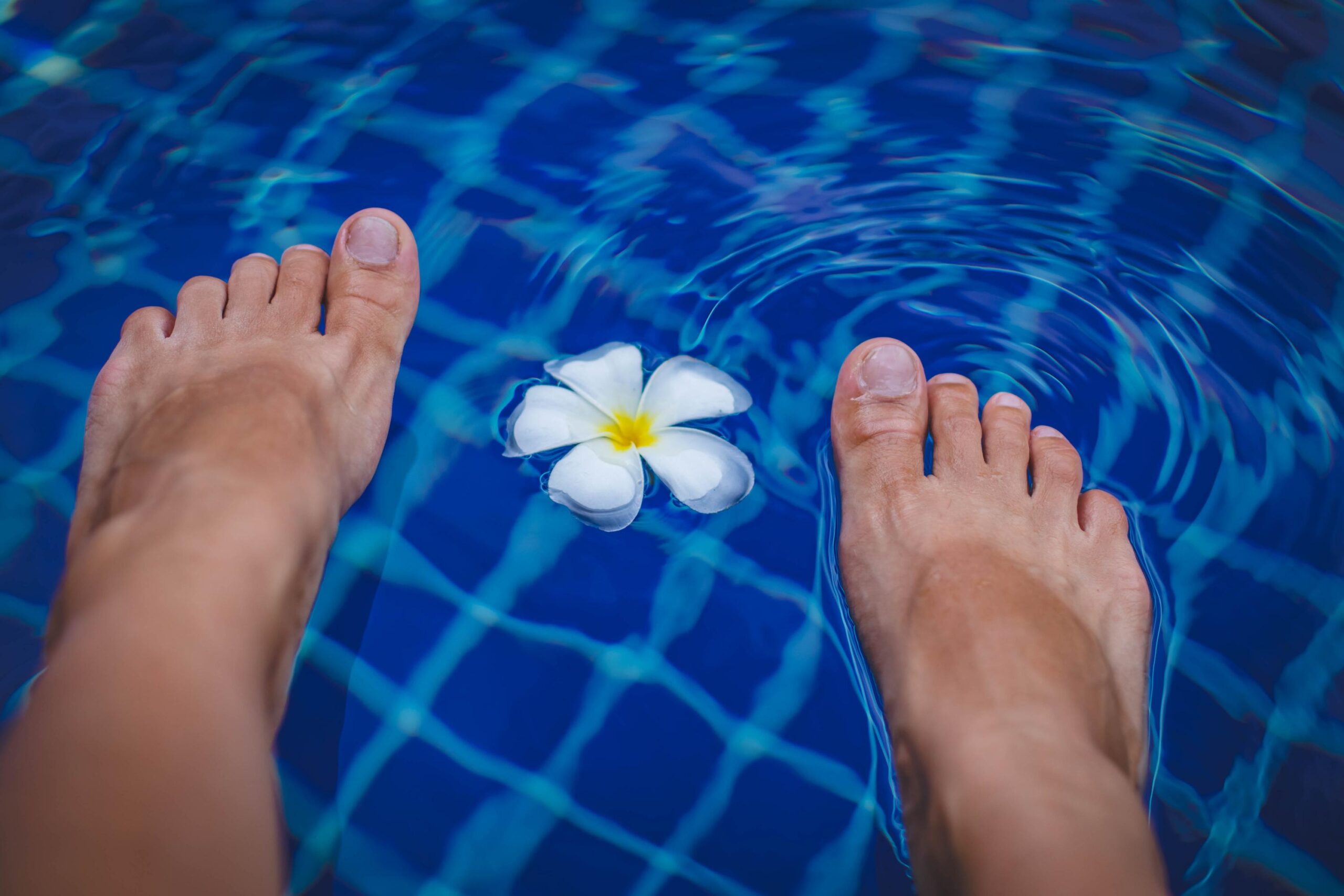Wall Cladding Simplifies Surface Upgrades With Lasting Results
Wall cladding offers an efficient and visually appealing way to transform interiors without the need for complex renovations. Whether you’re aiming to refresh a tired wall cladding, improve durability, or add a touch of character to a room, cladding provides a solution that is both simple to install and long-lasting in performance.
The beauty of wall cladding lies in its versatility. It can be applied to a wide range of surfaces, including plaster, brick, or existing panel systems. Available in various materials such as MDF, PVC, timber, and composite boards, it allows homeowners and professionals alike to match the right product to both aesthetic and functional needs.
One of the standout benefits of wall cladding is the simplicity of installation. Many systems are designed for quick, straightforward application, often involving just a few tools and basic preparation. This ease makes cladding an excellent choice for DIY enthusiasts or those wanting to upgrade their space without incurring the high costs and delays associated with traditional plastering or wall tiling.
Panels can often be applied directly to walls with adhesive or mounted on batten systems, depending on the chosen product. This flexibility allows for efficient upgrades even in awkward spaces or on uneven surfaces. The result is a clean, consistent finish that can be achieved with minimal disruption and no need for specialist skills.
Beyond appearance, wall cladding delivers long-lasting results. It is designed to resist wear, maintain structure, and perform well over time in various environments, including high-moisture areas like bathrooms or kitchens. Many modern cladding materials are moisture-resistant, reducing the risk of mould or mildew, while others offer UV protection to prevent fading.
Durability is especially important in commercial settings or busy households where walls face constant use. Cladding provides a protective barrier that can handle knocks, splashes, and stains better than painted surfaces. Maintenance is typically low-effort—most surfaces can be wiped clean with a damp cloth, making them ideal for hygiene-conscious spaces.
Visually, the options are nearly endless. Whether you’re aiming for a rustic timber effect, a sleek modern laminate, or a soft neutral tone, there is a wall cladding design to suit. Panels can be used to create full-wall coverage or as accents to highlight specific areas such as fireplaces, hallways, or feature walls in living spaces. This makes it easy to refresh a room without overhauling its entire decor.
Cladding can also be used to unify mismatched surfaces or conceal unsightly features like cabling, patchy plaster, or old tiling. By providing a uniform finish, it helps bring cohesion to interiors and gives rooms a polished, professional look.
For those seeking a long-term solution, the combination of low maintenance, strong performance, and adaptable design makes wall cladding a worthwhile investment. Once installed, it continues to deliver aesthetic and practical value without the need for constant repainting or repairs.
In summary, wall cladding simplifies the process of upgrading interior surfaces. It delivers lasting results through its durability, ease of maintenance, and broad range of style options. Whether used to cover an entire wall or create visual interest in selected areas, cladding offers a practical and attractive approach to interior design.











Post Comment